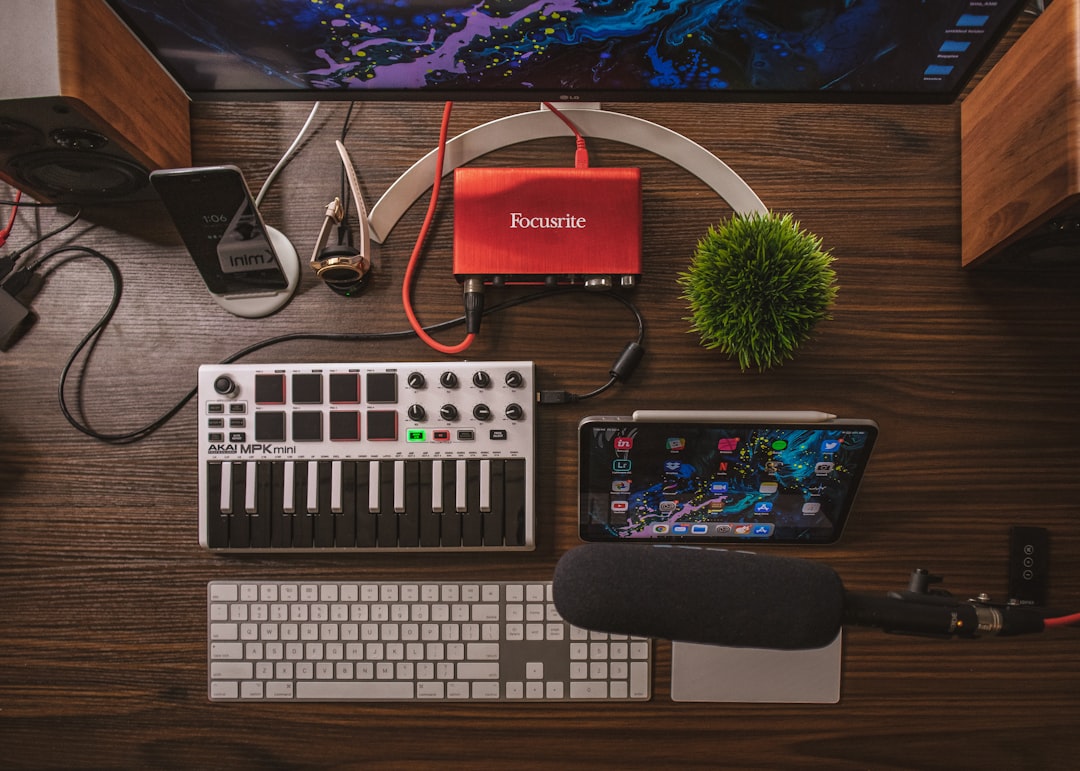Music production is a craft that combines creativity with technical knowledge. While inspiration fuels the melodies, familiarity with the right tools streamlines the workflow and enhances the quality of your audio production. Understanding the journey from compressed ZIP files to advanced SF2 (SoundFont 2) formats can empower you as a music producer. This article explores the essential tools every producer should know, the formats they handle, and how mastering these assets can significantly improve your output.
The Importance of File Management in Music Production
One of the first hurdles producers face—especially beginners—is organizing and managing the countless files needed in modern music production. From sample libraries to VST instruments, everything often arrives packaged in compressed formats like ZIP or RAR archives. Knowing how to properly handle these file types is not just a matter of convenience—it can directly affect your productivity and creativity.
ZIP files are universally accepted and used for bundling files efficiently. Most digital audio resources like sample packs, loop collections, or plugin libraries are downloaded as ZIP files. Familiar tools such as:
- WinRAR (Windows)
- The Unarchiver (Mac)
- 7-Zip (cross-platform)
are vital for efficiently extracting and organizing these assets.
Beyond just unzipping, a secure and logical directory structure — categorized by drums, instruments, or sampled material — is essential. It helps your DAW (Digital Audio Workstation) locate files faster and keeps your workflow smooth.
Core Software Every Producer Should Learn
Once your files are extracted and ready, you’ll need a set of tools that allow you to shape, synthesize, and manipulate sound. Below are the core categories of software essential to both amateur and professional producers:
- DAWs (Digital Audio Workstations): This is where your entire production comes together. Popular DAWs include:
- Ableton Live – Ideal for electronic music and live performances
- FL Studio – Offers a pattern-based workflow favored by beat producers
- Logic Pro X – Excellent for composers and macOS users
- Pro Tools – Industry standard for audio recording and film scoring
- Audio Editors: Tools like Audacity or Adobe Audition are key for fine-tuning audio clips, especially in post-production.
- Virtual Instruments and VST Plugins: Synthesizers, drum machines, and effects are often loaded into your DAW as VST (or AU for Mac) plugins.
Each of these components plays a critical role in transforming mere audio files into complete musical pieces.
Understanding and Using SF2 (SoundFont 2)
Once you’ve mastered basic WAV, MP3, and MIDI workflows, the next step is exploring SF2 — SoundFont 2 — files. These are collections of audio samples mapped across a keyboard layout for easy integration into software synthesizers and samplers.

The SF2 format is particularly useful for musicians who want realistic instrument sounds without massive sample libraries. Originally created by E-mu Systems and Creative Technology, SF2 files store multisampled instruments that can be loaded into SoundFont-compatible samplers like:
- Fluidsynth – Open-source software synthesizer for real-time rendering
- Sforzando by Plogue – A free and highly flexible player for SFZ and SF2 formats
- Kontakt – With third-party tools and patches, Kontakt can load SF2 files indirectly
Modern music production benefits from these formats by retaining high-quality audio while minimizing system and storage loads.
Tools for SF2 Creation and Conversion
Advanced producers often create their own SF2 instruments by recording samples and mapping them dynamically across pitch and velocity. If you’re interested in this process, some crucial tools include:
- Polyphone SoundFont Editor: A powerful free tool available on Windows, Mac, and Linux. It offers comprehensive support for creating, editing, and organizing SF2 files.
- Vienna SoundFont Studio: Provided by Creative Labs, ideal for use in systems that support the Sound Blaster series.
Additionally, converting files between formats is sometimes necessary. Tools such as Awave Studio and Extreme Sample Converter allow Dozens of format conversions, including from AIFF, WAV, or GIGA to SF2.
Integrating Sample Packs and SF2 Files into Your Workflow
With assets like loops and one-shots extracted from ZIP files, and SF2 files loaded into your samplers, the challenge is how to cohesively bring these into your DAW workflow.
Organize your files using dedicated folders for each type of asset. Here’s a suggested organization:
- Samples
- Drums
- Instruments
- FX
- SoundFonts
- Orchestral
- Synths
- World Instruments
- Projects
Most DAWs let you tag or favorite folders and files, allowing faster access. Additionally, using sample management tools such as Loopcloud or Atlas can automate sample sorting and integration with your DAWs.

Useful Online Resources and Communities
Staying updated and backed by a community can significantly boost your learning curve. Online forums, YouTube tutorials, and educational platforms offer a wealth of practical knowledge. Trusted resources include:
- KVR Audio – Database of VST plugins, user reviews, and forums
- Gearspace (formerly Gearslutz) – For gear reviews, acoustic treatment tips, and industry discussions
- We Are the Music Makers on Reddit – A vibrant community of bedroom and professional producers
- Bedroom Producers Blog – Offers hundreds of free plugin recommendations and sample pack alerts
This ongoing education is crucial in a field where software updates, plugin support, and file compatibility can evolve rapidly.
Conclusion: From Organization to Execution
From the moment you download a ZIP file of fresh samples to the moment you load a customized SF2 into your sampler, every step in music production benefits from the use of trusted tools. A professional’s workflow is one that is both streamlined and flexible, with room for experimentation and creativity.
By understanding the formats you work with, staying current on software updates, and engaging with communities, you’ll be empowered to bring your musical visions to life. Whether you’re laying down beats in FL Studio or orchestrating symphonies with SoundFonts, the right tools make all the difference.
